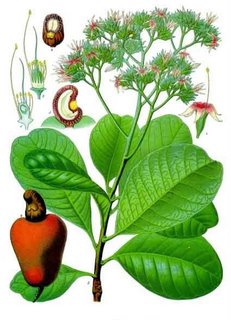Since I made that rice pudding, Indian food, and especially the Indian food I used to eat at friends’ houses when I was a kid, has been much on my mind. Here in the UK, the cuisine of India has embedded itself into the national consciousness – the Victorians were currying things from their new empire with glee, thrilled to discover a way to disguise the flavour of last week’s mutton; surveys done nowadays have demonstrated that the nation’s favourite dish is a Chicken Tikka Masala (something you’d never find in India – it’s a dish that’s evolved over here all on its own); my parents’ fridge was never innocent of at least one jar of Sharwood’s or Patak’s chutney in the 80s. I remember with great pleasure visits to my schoolfriend Gayatri’s house, where her Mum, an outstandingly good home cook, would make us saucepans full of sweet, milky masala tea, sneak us sticky, sugary halva while we played in the garden, and serve up about five different curries with rice when it came to mealtime, all different and all wonderful.
Peas keema was a regular feature on the lunch table. It’s delicious – make plenty, because it freezes very successfully. I’ve made a curry paste which serves (with the addition of different spices) as the base for both this and the Bombay potato recipe I’ll post on Monday, so hold out until then before you make this, or reduce the ingredients of the wet paste by half if you plan on cooking it over the weekend.
To serve four, you’ll need:
1 bulb garlic, peeled
10 spring onions
1 fat piece of ginger, about 5cm long
4 green chillies (I used Thai bird’s eye chillies – adjust amount and variety according to your taste – this amount is pretty spicy)
2 teaspoons coriander seeds
2 teaspoons cumin seeds
750g minced lamb
300g frozen petits pois
300ml stock
2 teaspoons garam masala
1 large handful fresh coriander (about 20g, if you’re measuring)
Salt
Juice of 1-2 lemons
Flavourless oil or ghee to fry
Begin by reducing the white parts of the spring onions (reserving the green), the ginger, the chillies and the garlic to a paste in the food processor. Reserve half of this mixture to form the base for the Bombay potatoes, which go very well with this dish.
Crush the cumin and coriander finely with a mortar and pestle, and stir them into the half of the paste you are using for this recipe with a generous pinch (use all the fingers of one hand for this) of salt.
Heat some oil over a medium flame and fry the paste for a couple of minutes until it is giving up its fragrance. I like to use a wok with a lid or a large Le Creuset casserole dish for this dish, which allows you plenty of room to work in. Add the minced lamb and fry, stirring continuously, until it is browned evenly (about 5 minutes). Add the stock, turn the heat down to a very low simmer, and put a lid on. Leave to simmer for 30 minutes while you chop the green parts of the onions into pea-sized pieces and mince the coriander.
At the end of the 30 minutes, taste for salt and add more if you need it (you probably will – this dish can take quite a lot of salt). Stir in the garam masala, the peas and the chopped green parts of the spring onion. Continue to simmer for a moment until the peas are no longer frozen, and add the juice of one lemon. Taste again – you may prefer more lemon juice (I like mine very sharp and usually use the juice of two lemons). Cover and cook for another 10 minutes until the peas are soft. They turn a slightly unfortunate colour with all this cooking, but they taste fabulous.
Take the pan off the heat skim off any fat. Stir in the chopped coriander and serve immediately.

